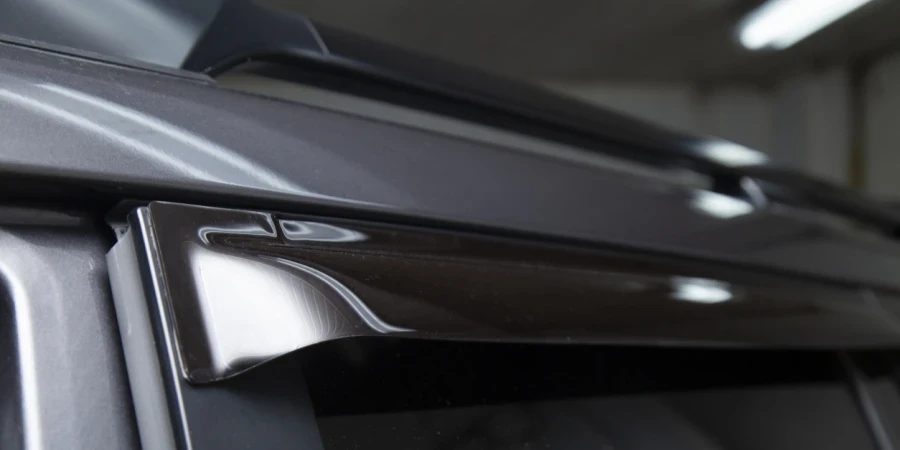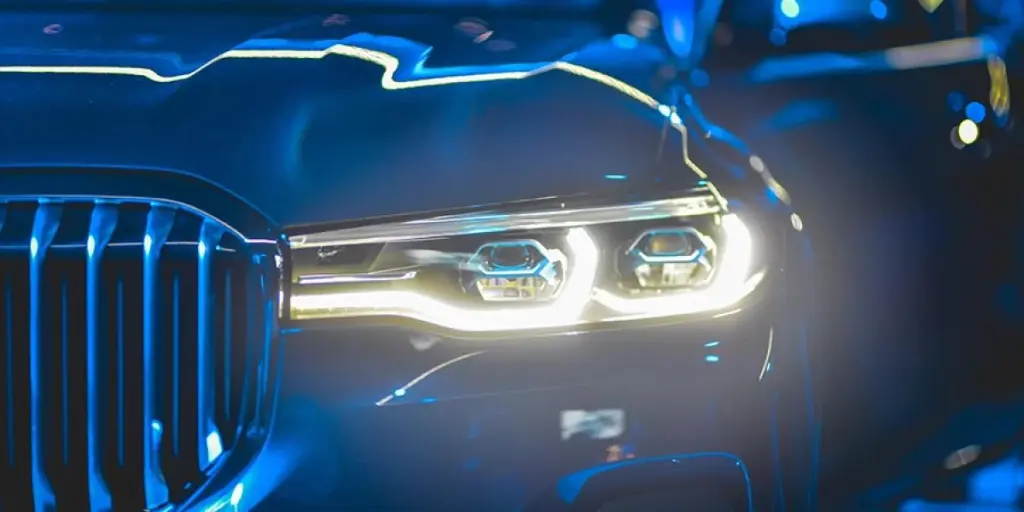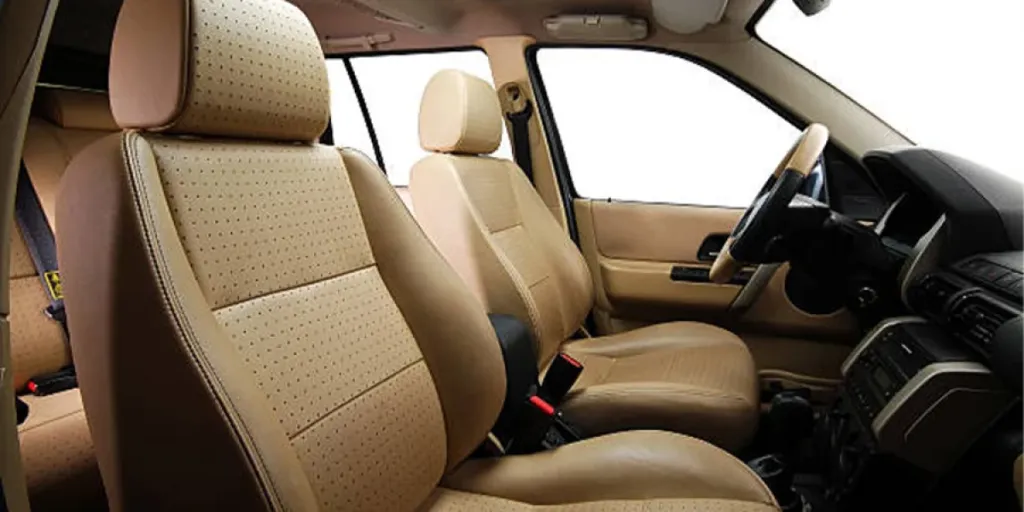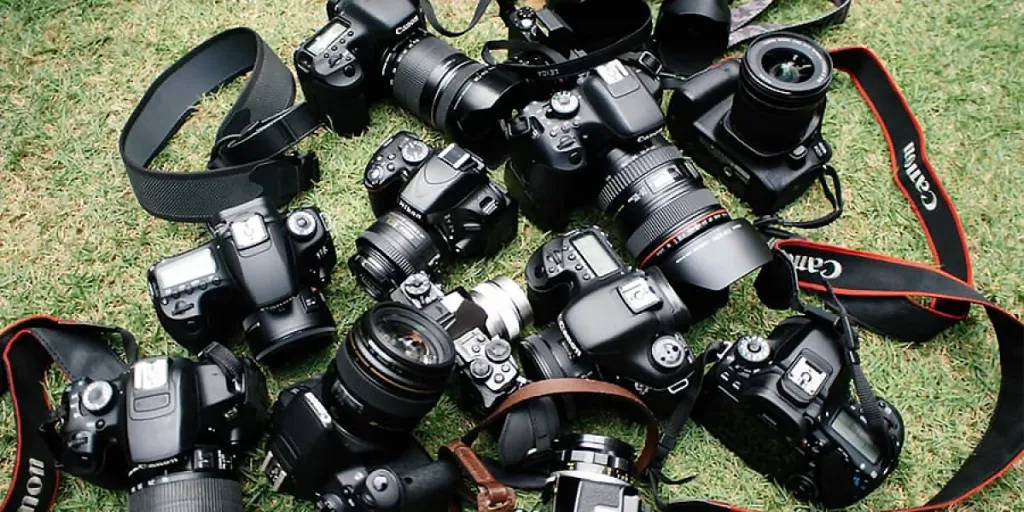Wind deflectors have become indispensable in the automotive sector, offering solutions that enhance vehicle comfort, aesthetics, and aerodynamic efficiency. As these accessories gain traction globally, their ability to reduce noise, improve ventilation, and protect interiors in adverse weather underscores their functional value. Market trends reveal increasing demand driven by advancements in material technology and design precision, catering to the evolving needs of professional buyers. Understanding these trends is critical for making informed procurement decisions that balance cost and performance. This article provides key insights into the market landscape, types, and considerations to guide business buyers in selecting the best options.
Table of Contents
Understanding the wind deflector market landscape
The growing wind deflector market
Material insights and geographic dominance
Exploring wind deflector types and their unique features
In-channel wind deflectors
Tape-on wind deflectors
Specialized designs
Key factors to consider when choosing wind deflectors
1. Material quality and durability
2. Vehicle-specific compatibility
3. Ease of installation and maintenance
4. Price versus performance
Conclusion
Understanding the wind deflector market landscape

The growing wind deflector market
The global wind deflector market was valued at $11.9 billion in 2023 and is projected to reach $14.9 billion by 2030, growing at a CAGR of 3.3%, according to P&S Intelligence. This growth is driven by increasing demand for fuel-efficient vehicles and the integration of aerodynamic designs that enhance vehicle performance. With advancements in material science, manufacturers are leveraging lightweight and durable materials, such as ABS and fiberglass, to improve efficiency and aesthetic appeal.
Material insights and geographic dominance
ABS materials dominate the market with a 45% share, attributed to their versatility, cost-effectiveness, and resistance to impact and weather. Fiberglass is the fastest-growing segment, with a projected CAGR of 3.8%, due to its strength and suitability for heavy-duty applications like bug deflectors. Geographically, the Asia-Pacific region leads with 55% of the market share, driven by high vehicle production and adoption of advanced automotive technologies. This region also reflects a growing trend toward sustainability, with a focus on eco-friendly materials and designs.
Exploring wind deflector types and their unique features
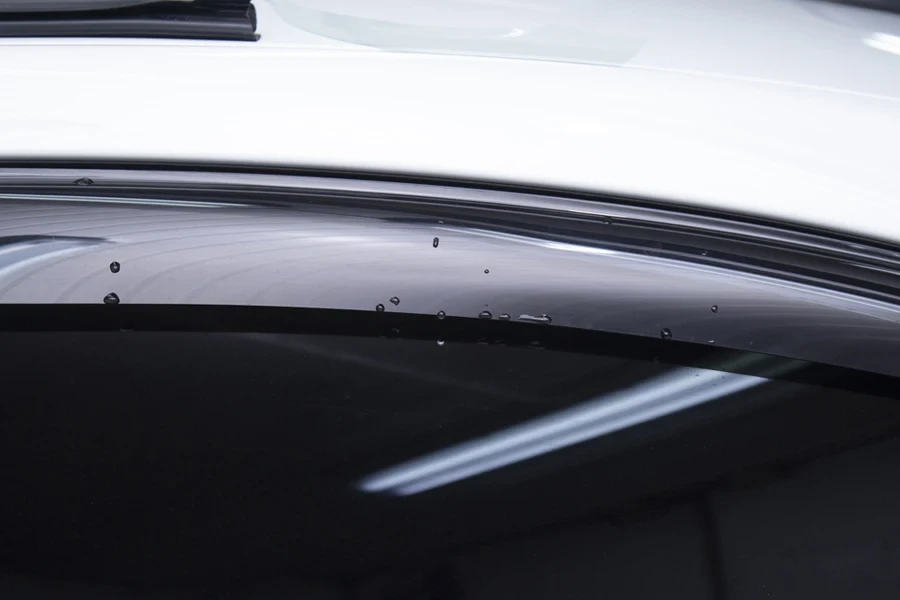
In-channel wind deflectors
In-channel wind deflectors are precision-engineered to fit directly into the window channels of a vehicle without relying on adhesives or clips. They are typically crafted using cast acrylic or polycarbonate, materials known for their impact resistance and lightweight properties. The snug fit minimizes air leakage around the deflector, enhancing its aerodynamic performance and reducing wind noise by up to 50% during high-speed driving. Their streamlined profile also prevents debris accumulation in the window channels, ensuring long-term functionality. The integrated design complements the vehicle’s aesthetics, making them an ideal option for luxury and high-performance models where seamless appearance is critical.
Tape-on wind deflectors
Tape-on wind deflectors utilize automotive-grade adhesive strips engineered to withstand extreme weather conditions and prolonged UV exposure. These deflectors are compatible with a broader range of vehicles, as their installation process does not depend on the specific design of window channels. They can endure temperatures ranging from -40°C to 85°C, maintaining adhesive integrity without peeling or cracking. Additionally, tape-on deflectors feature beveled edges to optimize airflow deflection, which reduces drag coefficients by a measurable percentage during wind tunnel testing. Their lightweight construction ensures they do not place additional strain on the vehicle’s structural components.
Specialized designs
Sunroof deflectors are crafted to fit precisely along the leading edge of sunroof openings, using materials with high resistance to torsion and deformation under wind pressure. They can deflect airflow at angles calculated through computational fluid dynamics (CFD) to prevent cabin turbulence while allowing ventilation. Bug deflectors, typically made of fiberglass or high-density polycarbonate, are designed to absorb and redistribute impact forces from debris, reducing the risk of windshield damage. Their raised profiles are optimized to redirect airflow over the hood, decreasing lift forces by up to 12%, particularly in high-speed conditions.
Key factors to consider when choosing wind deflectors
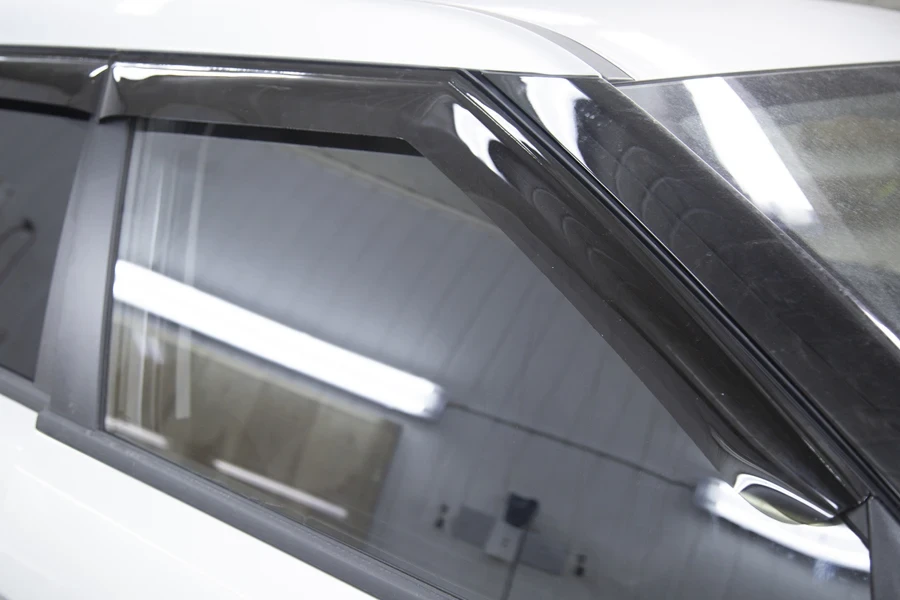
1. Material quality and durability
When selecting wind deflectors, material quality is a critical consideration as it directly impacts performance and longevity. High-quality materials like acrylic and polycarbonate offer superior UV resistance, ensuring that the deflectors do not yellow or degrade over time under sunlight exposure. Impact strength is another key factor; materials must withstand debris strikes and extreme weather conditions without cracking. Fiberglass deflectors, known for their reinforced structure, provide exceptional durability in off-road or heavy-duty applications. Weather resistance is essential for maintaining performance in fluctuating temperatures and humidity levels, which makes multi-layered coatings and thermal stability desirable attributes.
2. Vehicle-specific compatibility
Tailored designs play a pivotal role in ensuring that wind deflectors fit seamlessly onto the vehicle’s frame, optimizing their aerodynamic efficiency and aesthetic appeal. Deflectors that conform precisely to the dimensions of the vehicle’s windows and body reduce turbulence and noise effectively. Additionally, the right shape and finish can complement the car’s overall design, enhancing its visual appeal. For instance, smoked or tinted finishes not only add a sleek appearance but also improve glare protection, offering functional benefits alongside aesthetics. Proper compatibility with the vehicle’s door structure ensures that no modifications are needed during installation, preserving the car’s original condition.
3. Ease of installation and maintenance
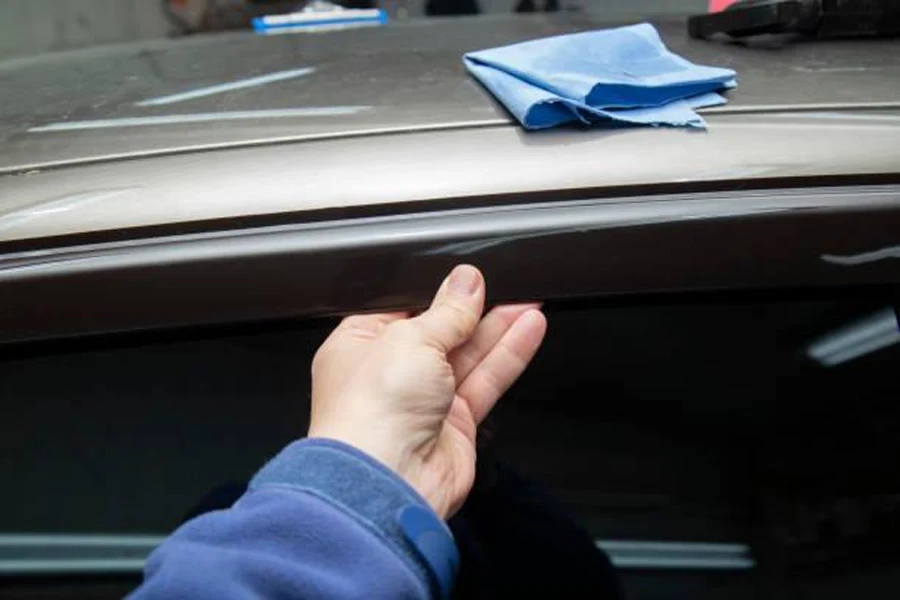
The method of installation significantly affects both the usability and longevity of wind deflectors. In-channel designs, which are inserted directly into the window channel, provide a discreet and seamless look but require precision to avoid interference with window operation. Tape-on deflectors, by contrast, are simpler to install, relying on adhesive that is resistant to peeling under harsh weather conditions. To maintain functionality, regular cleaning of debris and accumulated dirt around the deflectors is recommended. Applying protective coatings can further extend the lifespan by safeguarding the material from environmental wear.
4. Price versus performance
Balancing cost with performance is essential when selecting wind deflectors. While OEM deflectors are often perceived as more reliable due to their precise compatibility and warranty support, they can be significantly more expensive. Aftermarket options offer a wider range of designs and price points, making them appealing to budget-conscious buyers. However, assessing factors such as material quality, installation requirements, and aesthetic preferences is crucial to ensure value for money. Investing in deflectors with advanced features, such as aerodynamic enhancements or noise reduction capabilities, may provide long-term savings by reducing fuel consumption and maintenance costs.
Conclusion
Selecting the right wind deflectors can significantly enhance vehicle performance, offering improved comfort, noise reduction, and fuel efficiency while contributing to a sleek and professional appearance. With careful attention to material quality, design compatibility, and installation methods, these accessories deliver practical and aesthetic benefits that align with both functional and market demands. By leveraging key insights into product features and market trends, professional buyers can make informed decisions that optimize long-term value and operational efficiency.
